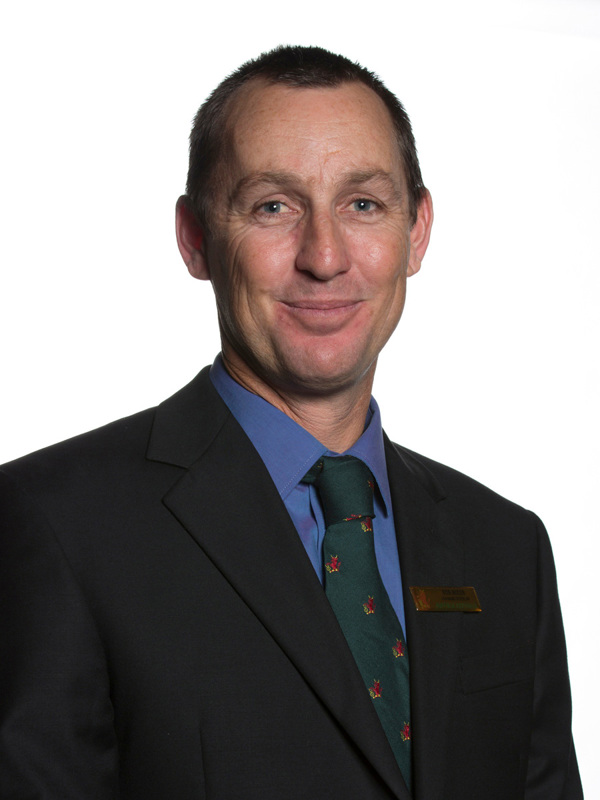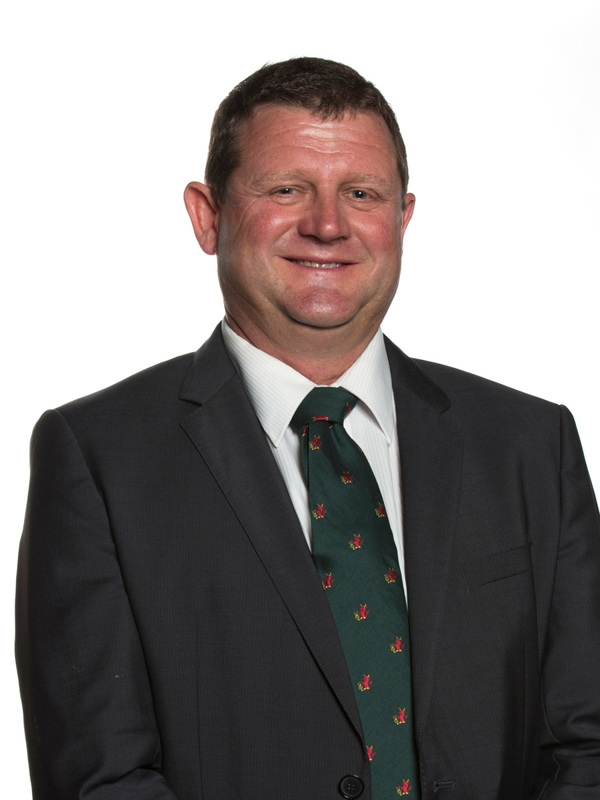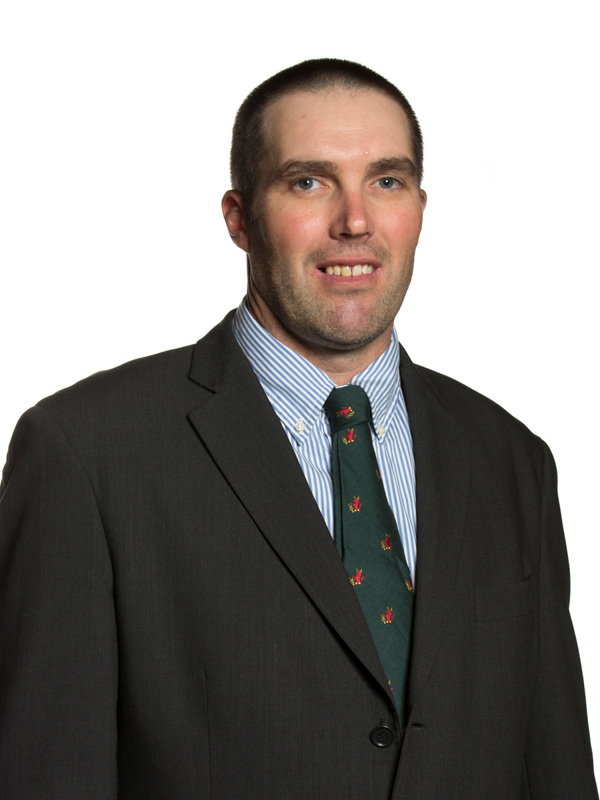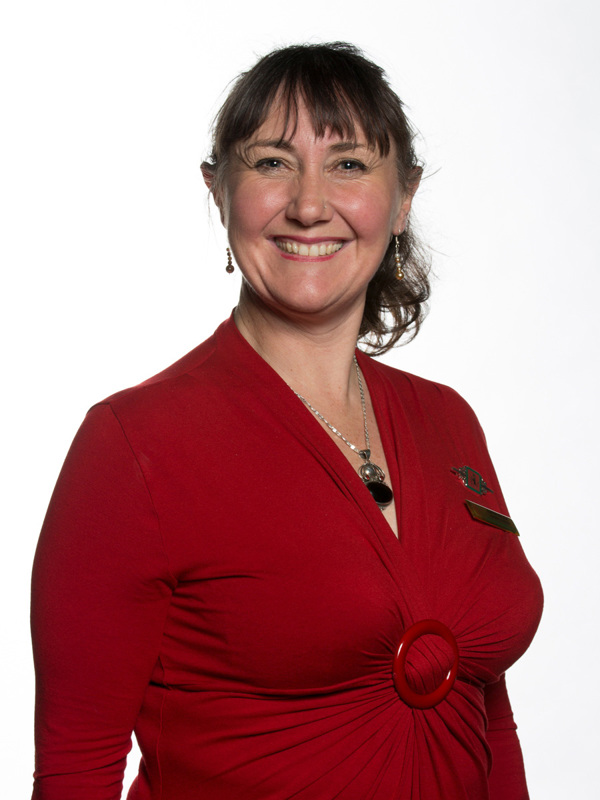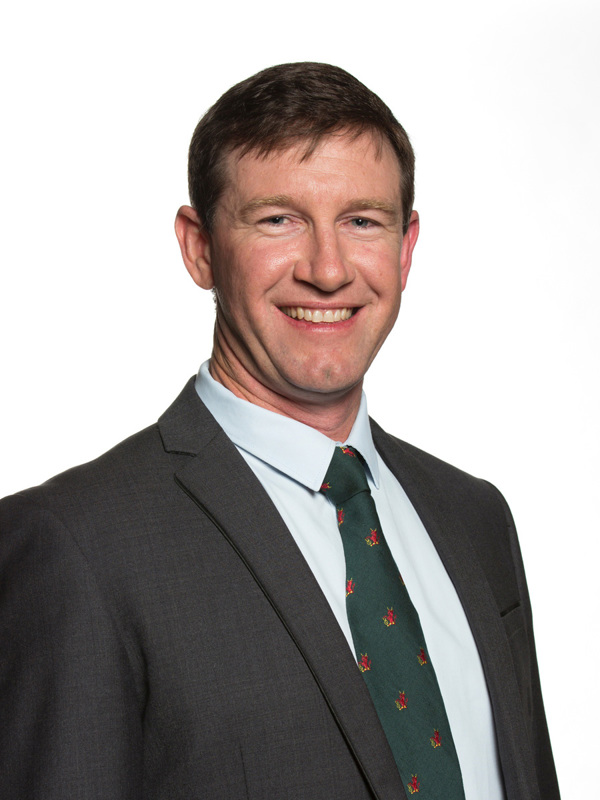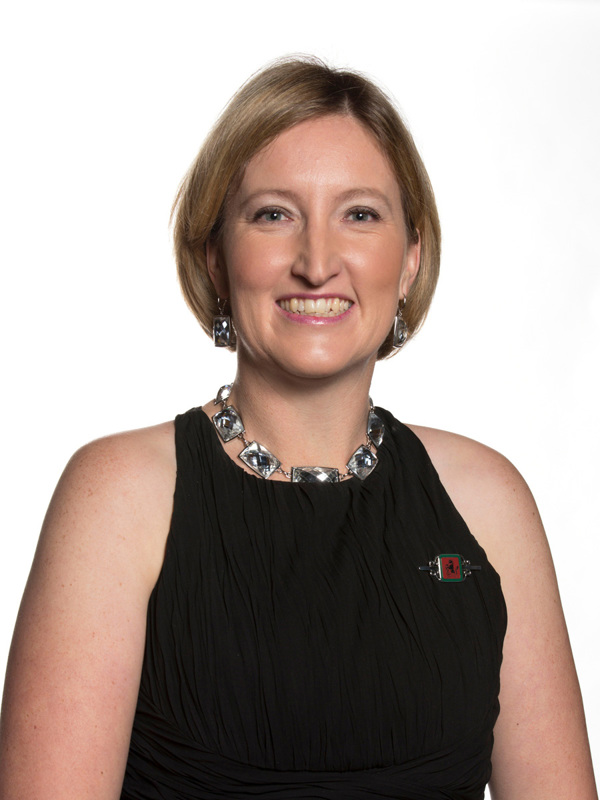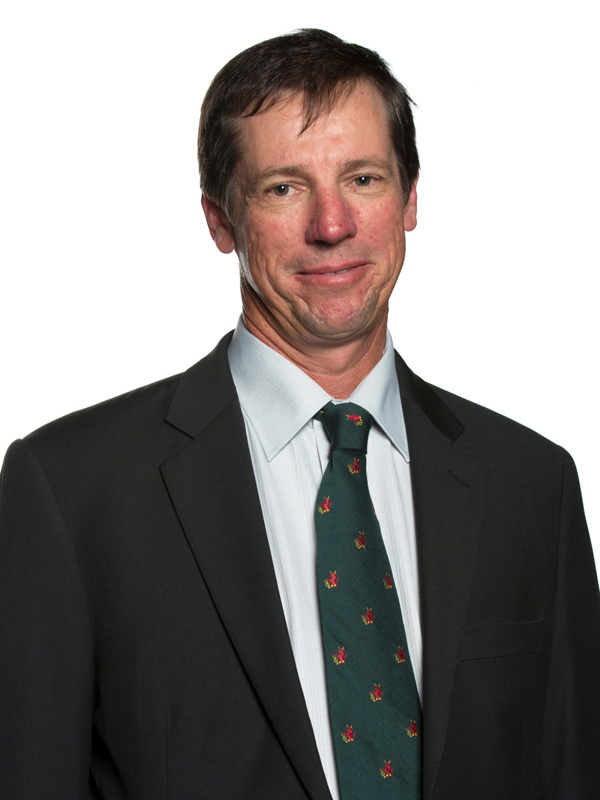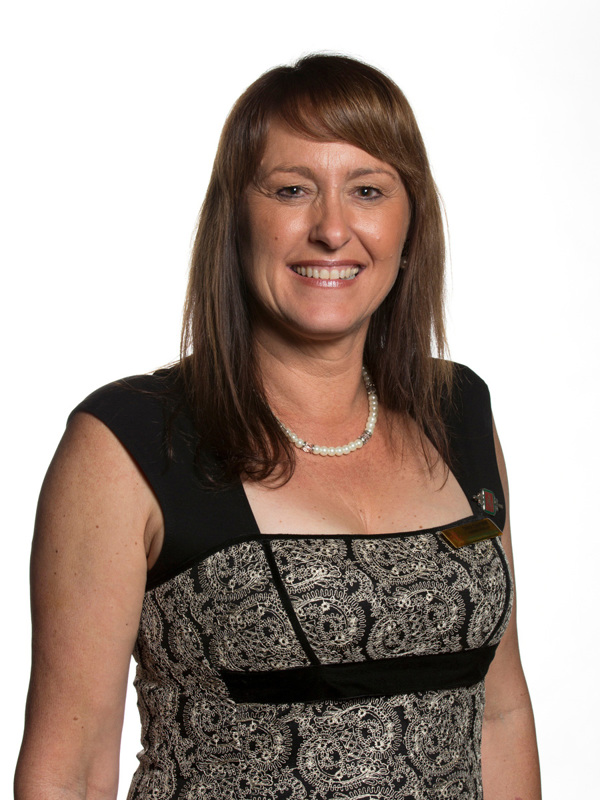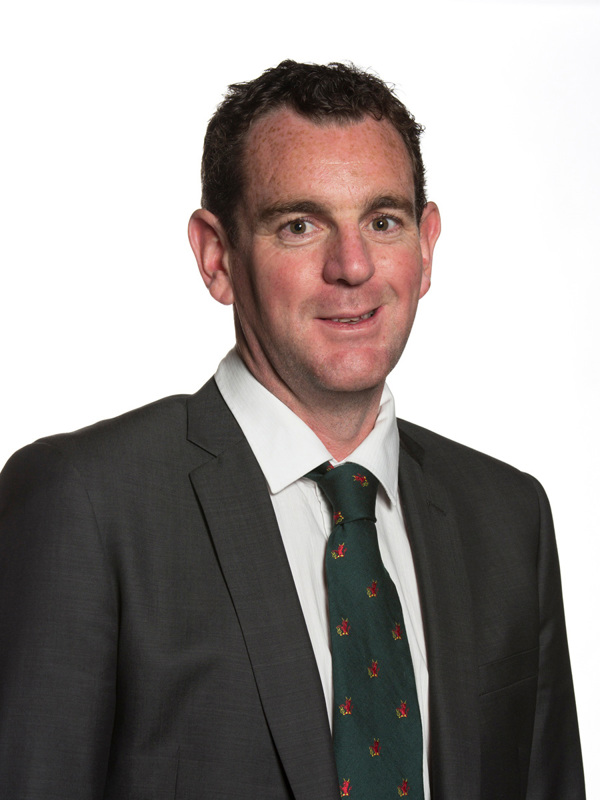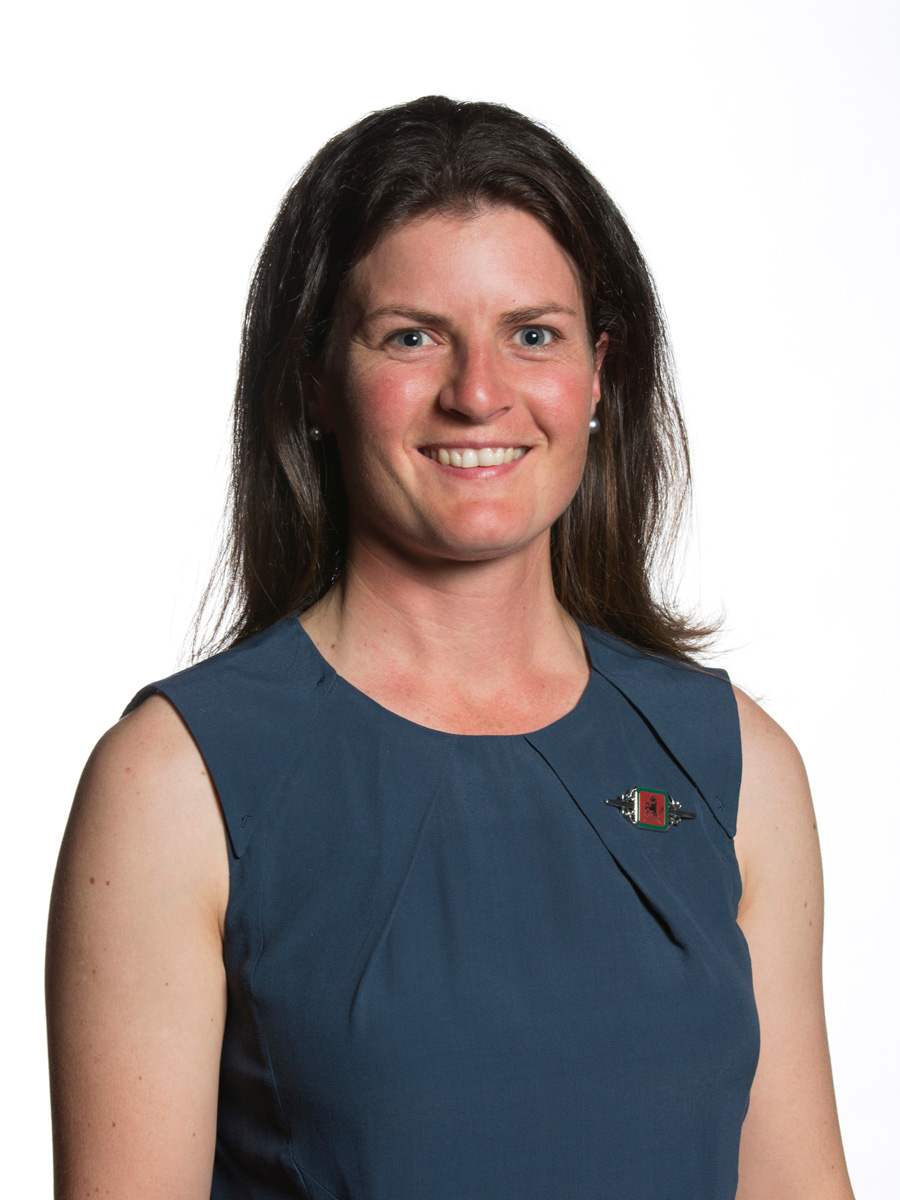
Hannah Marriott
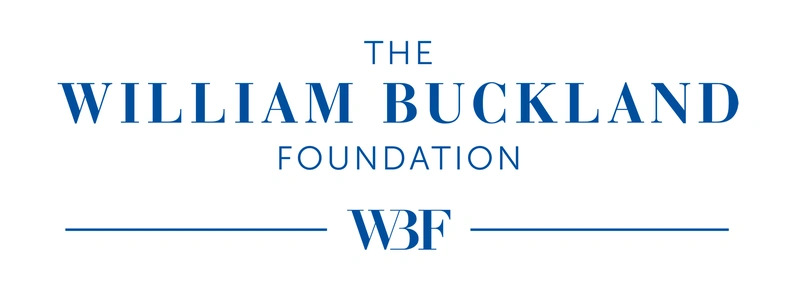
Productivity gains need objectivity
Nuffield Scholar and Victorian farmer Hannah Marriott has often been puzzled with the sheep industries reliance on visual scoring to benchmark animals over the use of feedback data, likening it to putting a Datsun engine into a Lamborghini. And while she says appearance is important for some scores, it is a focus on the range rather than the average through Individual Animal Management (IAM) which will allow for more accurate selections to be made on genetically superior stock over inferior stock.
“The need to combine on-farm productivity gains with the end product is more important than ever as the demand for safe, high quality, ethically grown food increases across all parts of the world. Production gains on farm are a mainstream way to increase profit under a largely commodity driven pricing structure, however, in the absence of adequate and accurate product feedback, production gains alone could limit the ability to provide product to market specification. Obtaining valuable feedback on the products being produced in the sheep industry and linking this back to production and re-production is very important and current technology makes this type of system realistic when combined with simple, practical and affordable methods.”
Ms Marriott’s 2014 scholarship, supported by the William Buckland Foundation allowed her to investigate individual animal management in sheep production. Her soon-to-be released report outlines the findings from her two-year scholarship, which included travel to New Zealand, South Africa, the UK, Ireland, Denmark and Kenya to complete her studies into using objective measurement to optimise production through to product.
“The top 25 per cent of ewes can be over twice as efficient as the bottom 25 per cent of ewes, so having the ability to identify the animals that fall below the average on an economically measured level allows for greater gains. Matching a ewe to her progeny will enable a litter weight weaned figure and a ewe efficiency figure to be calculated if weaning weight of the ewe and lamb(s) is collected. This not only reflects the profit driver based on Australian benchmarking data but also allows for selection pressure by producing excess replacement ewes.”
Ms Marriott says IAM takes commitment, but by recording data against animals as part of the year plan of events allows for the greatest amount of time efficiency. She said typical measurements that align with annual animal husbandry are scanning for multiples, liveweights and condition score changes, sex of the lamb, age of the dam, lamb marking weights, wool weights, paddock/area of farm, sire group and matching ewe and lamb.
“Economic gains only exist if the cost associated with collecting the data is outweighed by gains made with using the information. Being a commercial producer, remaining practical is at the forefront of my vision for IAM to work successfully. A concept that is perceived as very complicated needs to be very simple in execution to be sustainable.”



